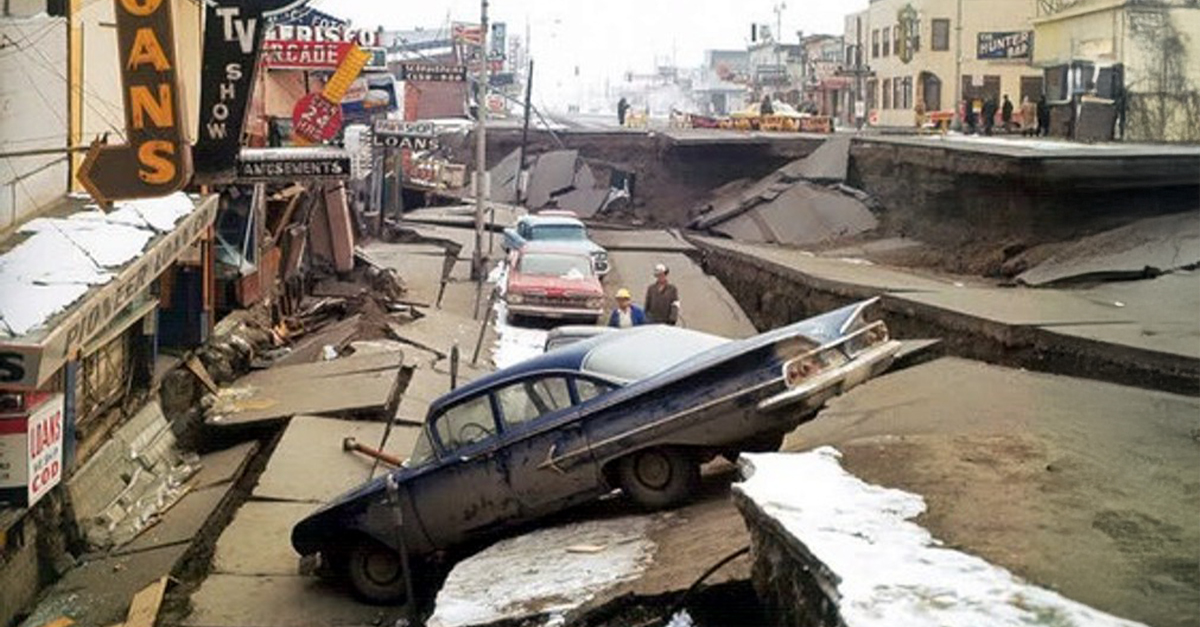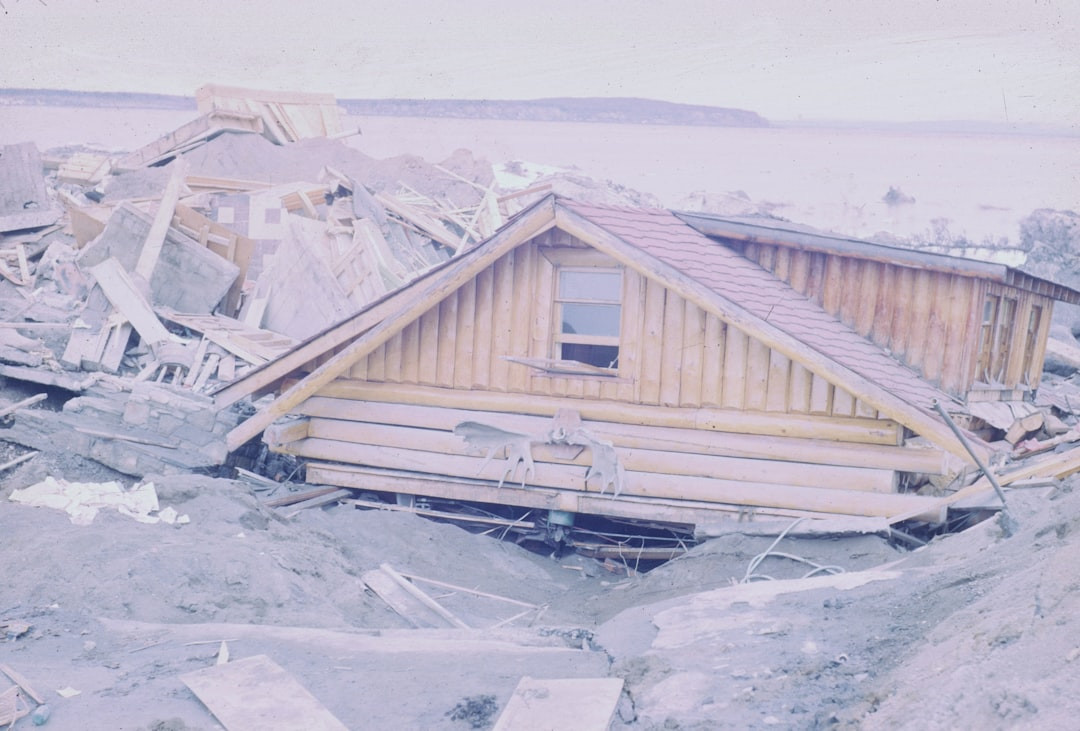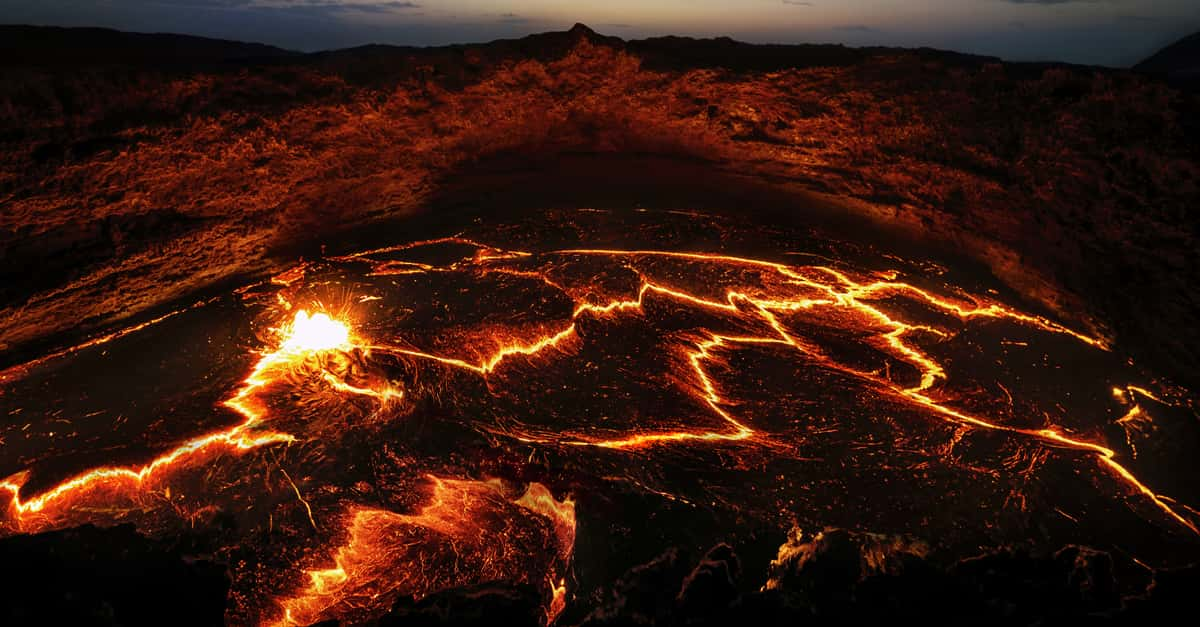On March 27, 1964, at 5:36 p.m. local time, the ground below southern Alaska ruptured with unprecedented force. Measuring 9.2 on the moment magnitude scale, the Great Alaska Earthquake was the most powerful earthquake ever recorded in the United States, and the second strongest globally. Its violent tremors lasted over four minutes, leaving a trail of destruction that reshaped Alaska’s landscape and changed American earthquake preparedness forever.
A Cataclysmic Tectonic Shift
The quake struck the Prince William Sound region, about 75 miles east of Anchorage. It was caused by the sudden release of stress between the Pacific Plate and the North American Plate, a subduction zone where one tectonic plate dives beneath another. This massive geological event ruptured along an area nearly 600 miles long and 120 miles wide, producing uplift in some regions and subsidence in others.
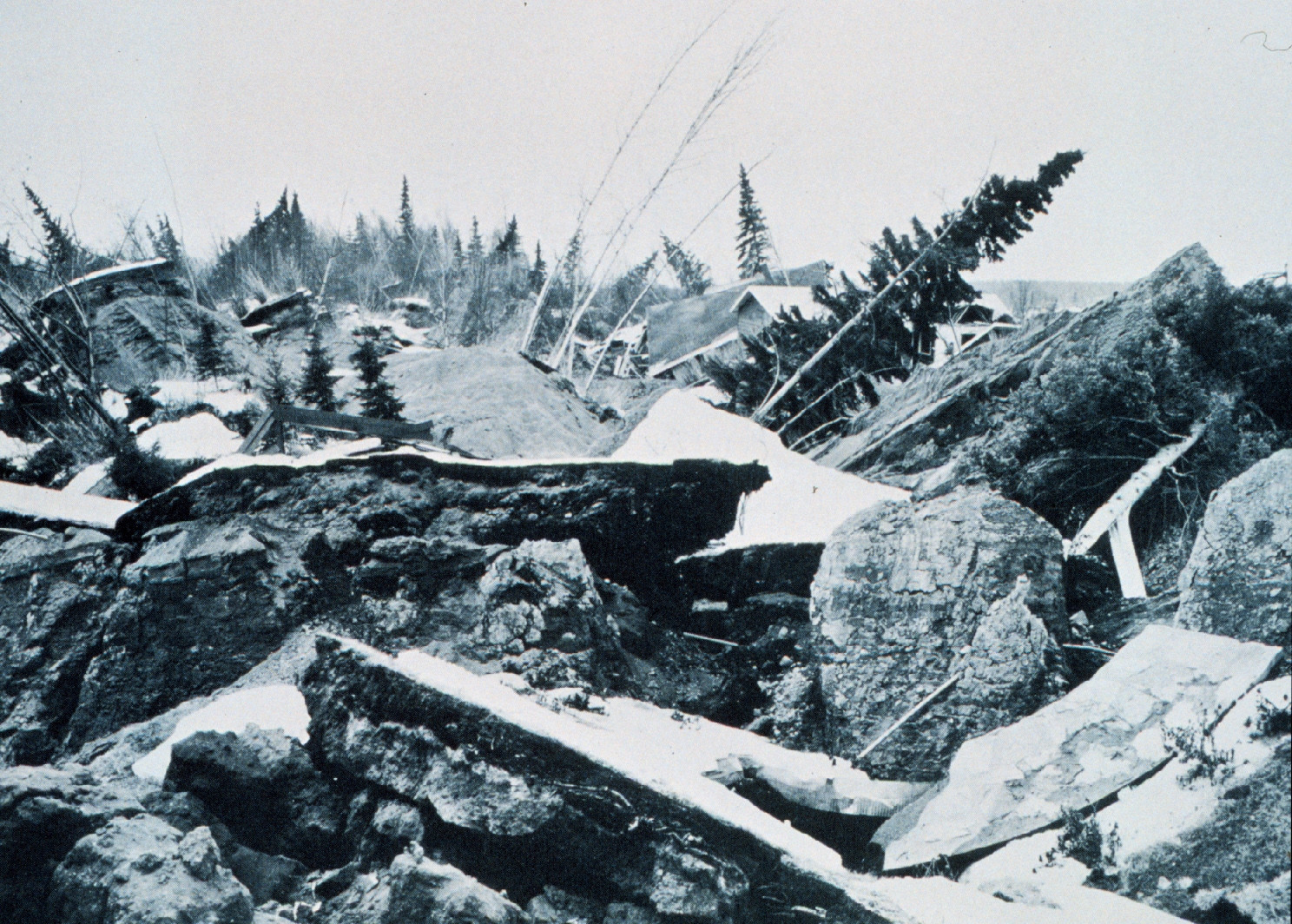 NOAA Central Library, Wikimedia Commons
NOAA Central Library, Wikimedia Commons
The Toll On Anchorage And Beyond
Anchorage, Alaska’s most populous city, suffered widespread devastation. Entire neighborhoods cracked open, roads buckled, and buildings crumbled. The Turnagain Heights subdivision saw dozens of homes destroyed as the ground beneath them liquefied and slid. Downtown Anchorage saw multi-story buildings collapse or become uninhabitable, while schools, hospitals, and public services were paralyzed.
Violent Landslides And Ground Failures
Across south-central Alaska, landslides and ground fissures were rampant. Port towns like Seward and Valdez were especially hard-hit. In Valdez the waterfront fell into the sea, killing 32 people as the harbor vanished under a wave of shifting earth. Whittier, Kodiak, and Chenega also experienced major landslides that buried structures and cut off access to vital transportation routes.
Tsunamis Wreak Havoc Along The Coast
The earthquake triggered a series of devastating tsunamis. Some of these waves were generated by the undersea tectonic movement, while others were caused by landslides into bodies of water. The largest wave recorded reached 220 feet in Shoup Bay near Valdez. Entire villages such as Chenega were wiped out. Of the 131 total deaths from the earthquake, 113 were caused by tsunamis, many of them far from the quake’s epicenter.
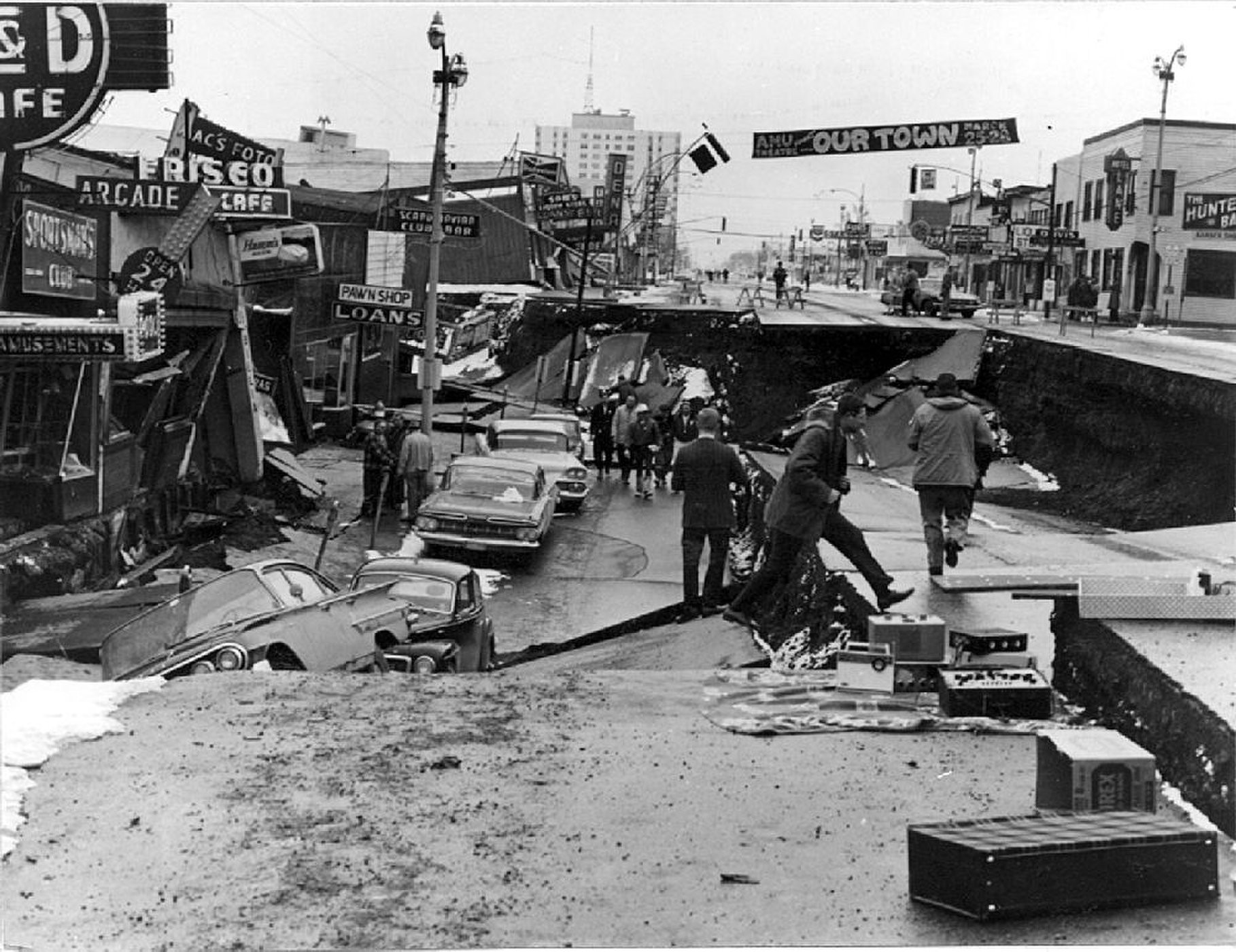 U.S. Army Corps of Engineers, Wikimedia Commons
U.S. Army Corps of Engineers, Wikimedia Commons
Destruction Far Beyond Alaska
Tsunamis generated by the quake traveled thousands of miles across the Pacific. They struck the west coast of the continental United States, Canada, Hawaii, and even reached Japan. Crescent City, California, suffered 12 deaths when a 21-foot wave struck its downtown area hours after the quake. Coastal communities in Oregon and Washington also reported major damage to docks, boats, and infrastructure.
Immediate Emergency Response
In the aftermath, communication was severely disrupted, and harsh weather further complicated rescue efforts. However, local communities and federal agencies worked swiftly to establish emergency shelters and restore vital services. The U.S. military played a major role in recovery efforts, using aircraft and naval ships to access remote and cut-off communities.
Scientific Advancements Sparked By The Quake
The disaster sparked a revolution in seismology and geological sciences. The US Geological Survey launched new studies into subduction zones and earthquake prediction. The quake gave the first real evidence supporting the theory of plate tectonics, which was still relatively new at the time. It also led to the development of the National Earthquake Information Center and new methods for measuring seismic events.
Tsunami Warning Improvements
The tragedy highlighted gaps in tsunami detection and response. In the years following the disaster, the US established the Pacific Tsunami Warning Center in Hawaii. Tsunami modeling and oceanic monitoring systems were enhanced, allowing for earlier and more accurate warnings that could save lives in future events.
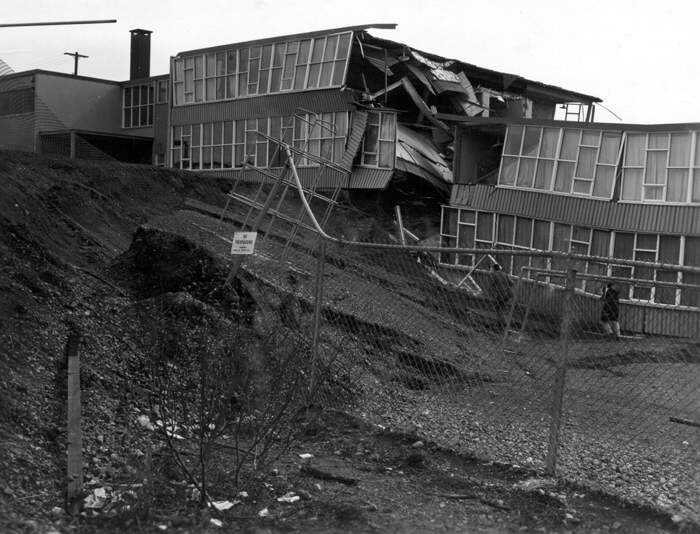 W.R. Hansen, U.S. Geological Survey, Wikimedia Commons
W.R. Hansen, U.S. Geological Survey, Wikimedia Commons
Urban Planning And Building Code Overhauls
Anchorage and other Alaskan cities revised their building codes to improve earthquake resilience. New construction standards were introduced to ensure that structures could better withstand seismic shaking and ground deformation. These changes influenced building practices throughout the United States, especially in earthquake-prone regions like California.

History's most fascinating stories and darkest secrets, delivered to your inbox daily.
Long-Term Legacy
The 1964 Alaska Earthquake left its mark on Alaska, and on the nation’s approach to natural disasters. It showed the need for better land-use planning, emergency response coordination, and understanding of geologic hazards. As one of the most thoroughly studied earthquakes in history, it still informs earthquake preparedness strategies over six decades later.
You May Also Like:

